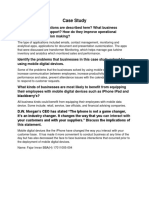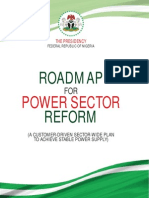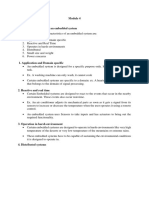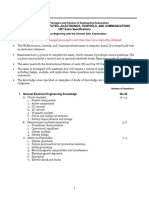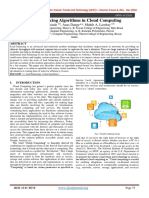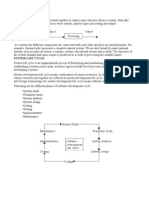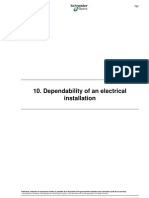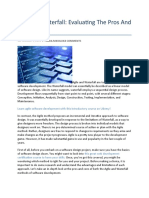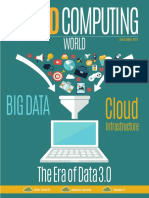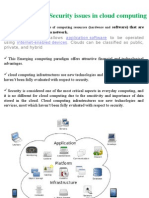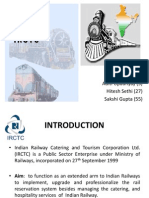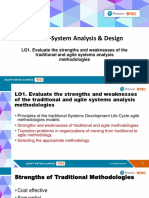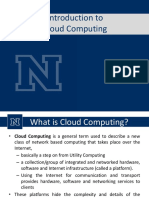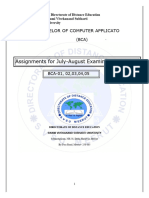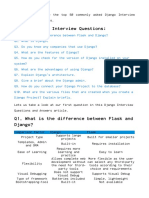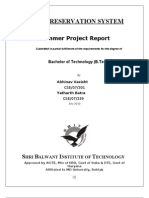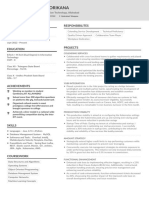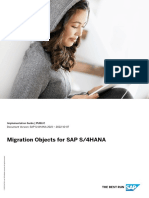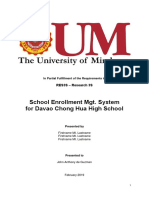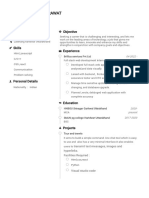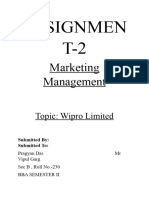100% found this document useful (7 votes)
5K views32 pagesCloud Computing
This ppt gives a brief introduction to cloud computing and shows in brief, google web apps and amazon ec2
Uploaded by
prasanna_0104Copyright
© Attribution Non-Commercial (BY-NC)
We take content rights seriously. If you suspect this is your content, claim it here.
Available Formats
Download as PPT, PDF, TXT or read online on Scribd
100% found this document useful (7 votes)
5K views32 pagesCloud Computing
This ppt gives a brief introduction to cloud computing and shows in brief, google web apps and amazon ec2
Uploaded by
prasanna_0104Copyright
© Attribution Non-Commercial (BY-NC)
We take content rights seriously. If you suspect this is your content, claim it here.
Available Formats
Download as PPT, PDF, TXT or read online on Scribd
/ 32


